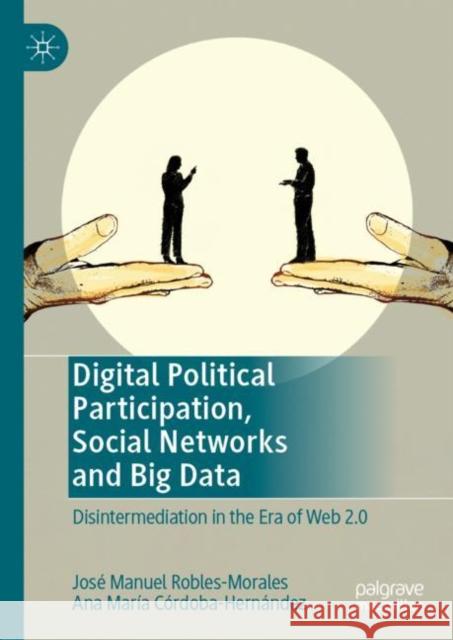Digital Political Participation, Social Networks and Big Data: Disintermediation in the Era of Web 2.0 » książka
topmenu
Digital Political Participation, Social Networks and Big Data: Disintermediation in the Era of Web 2.0
ISBN-13: 9783030277567 / Angielski / Twarda / 2019 / 151 str.
Digital Political Participation, Social Networks and Big Data: Disintermediation in the Era of Web 2.0
ISBN-13: 9783030277567 / Angielski / Twarda / 2019 / 151 str.
cena 282,42
(netto: 268,97 VAT: 5%)
Najniższa cena z 30 dni: 269,85
(netto: 268,97 VAT: 5%)
Najniższa cena z 30 dni: 269,85
Termin realizacji zamówienia:
ok. 22 dni roboczych
Bez gwarancji dostawy przed świętami
ok. 22 dni roboczych
Bez gwarancji dostawy przed świętami
Darmowa dostawa!
Kategorie:
Kategorie BISAC:
Wydawca:
Palgrave MacMillan
Język:
Angielski
ISBN-13:
9783030277567
Rok wydania:
2019
Wydanie:
2019
Ilość stron:
151
Waga:
0.35 kg
Wymiary:
21.01 x 14.81 x 1.12
Oprawa:
Twarda
Wolumenów:
01
Dodatkowe informacje:
Wydanie ilustrowane











